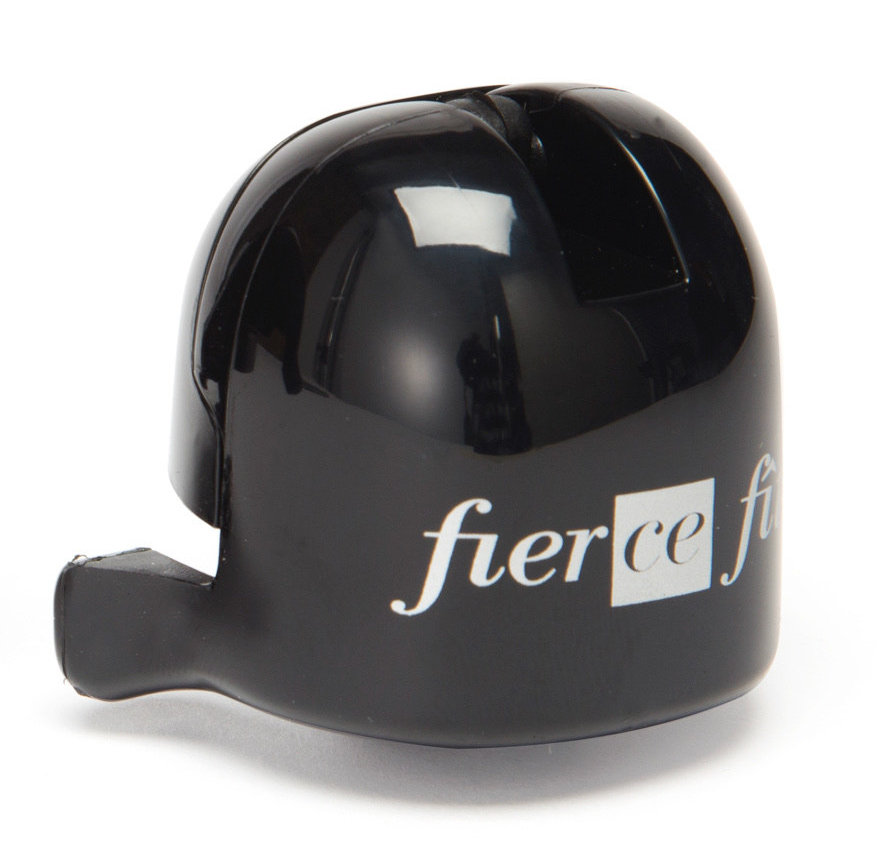Champagne: The texture
What does the term 'texture' refer to?
Texture, from the Latin textura, 'weaving', means precisely the similarity with the weave of a fabric, the touch.
Our mouth, in addition to the taste buds, also contains the sensory cells that allow us to perceive the texture of a product, the tactile sensations it conveys.
TEXTURE AND STRUCTURE
When we taste a wine, our palate detects various 'tactile' sensations and perceptions.
To understand exactly what the texture of a wine is, we have to imagine that the structure of a wine is a naked body and the texture is the clothes.
The two are related, but also distinct.
Texture is the tactile sensation that wine leaves in our mouths.
The vocabulary used to describe it therefore refers to tactile characteristics and very often to textiles: the texture of Champagne can be airy and chiselled (embroidery), thick and firm (linen), thick and light (cotton), thick and warm (wool), thick and soft (velvet), delicate and caressing (silk), soft-delicate and warm (cashmere).
Texture is the feeling of volume and density in the mouth.
To visualise this better, we often refer to the human body, because the vocabulary used is very close to the physical description of a human being: round, muscular, robust, lean, etc.
THE TEXTURE OF CHAMPAGNE
The basis of the texture of Champagne is its effervescence and dosage.
Effervescence is able to modify our 'mouthfeel', the texture, thanks to both a mechanical effect, when the bubbles adhere to the surface of the tongue, and a chemical effect, when they burst and release their gases carrying the aromas of hazelnut, almond, honey..,
For example, an aggressive effervescence may 'degrease' the taste buds a little too much, generating a feeling of dryness.
Conversely, an elegant and homogenous effervescence will favour a silky, creamy and airy sensation.
Dosage affects the balance between sugar and acidity and, consequently, the texture of Champagne.
A Champagne with a dosage of 0g/l or 6g/l, all other things being equal, is no longer the same. The sugar present alters the balance with the acidity, making our perception of the texture completely different: one will be, for example, a refined tulle and the other a fine cotton.
AT THE TABLE
In the world of Champagne, there are no impossible pairings. You can do anything with Champagne, as long as the texture of the dish allows these two elements to come alive! Therefore, every time you think of a pairing, you have to ask yourself:
How will it behave on the palate?
And how to facilitate the introduction of these elements into the texture of the dish.
Then it will be enough to adapt the power and create harmonious accords (fruity, fresh...).
How to pair the Cuvées with food?
Visit our online Boutique to choose your Cuvées and surprise your guests with increasingly original pairings.
Cheers and to your health!

 My bag
My bag
 The Boutique
The Boutique
 Login
Login


